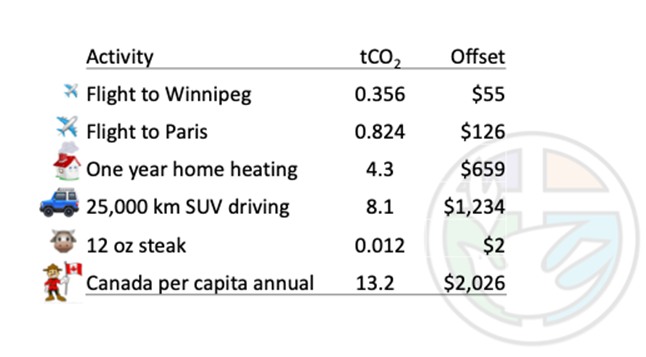April 1st, 2025Langley Mennonite Fellowship Chooses Green Option for HVAC
Langley Mennonite Fellowship (LMF) could have saved $50,000 by replacing their worn out gas furnaces with new gas-fired units. But that would have meant continuing to spew carbon into the atmosphere.
Instead, they chose a more expensive but less polluting option: heat pumps that reduce energy consumption, and importantly, reduce carbon emissions.

The 150-member congregation has creation care in its bones, according to trustee Gerry Grunau.
The church started its own recycling program long before a municipal recycling program began. For the heating system upgrade, the congregation gave clear direction that it wanted to become more environmentally friendly by minimizing the use of fossil fuels.
The congregation’s commitment to creation care is ongoing, said Grunau. With 25-year-old furnaces at their end-of life and costing too much to repair, the timing was right to consider greener heating options.
After considerable research and consultation, the trustee committee decided to replace existing gas fired furnaces with air-to-air heat pumps.
 An electrically powered heat pump amplifies heat extracted from outside air and redistributes it inside a building. The units incorporate a gas-fired or electrically powered internal backup heat source that kicks in if the heat pump fails, or the heat pump cannot produce enough heat in extremely cold conditions. (LMF’s units employ gas fired backup heat.)
An electrically powered heat pump amplifies heat extracted from outside air and redistributes it inside a building. The units incorporate a gas-fired or electrically powered internal backup heat source that kicks in if the heat pump fails, or the heat pump cannot produce enough heat in extremely cold conditions. (LMF’s units employ gas fired backup heat.)
The sailing wasn’t as smooth as they had hoped for the project. The trustee committee spent considerable time and effort trying to source the right commercial units.
“We learned that commercial heat pump technology is not as effective or sophisticated as residential units at this stage of the game,” said Grunau.
At one point, it seemed they would have to default back to conventional gas furnaces because it was hard to find suppliers - and an installer - familiar with commercial scale heat pump technology.
But persistence paid off. They got help from a well-connected consultant, helpful suppliers, and an interested contractor. Conversations with Toronto United Mennonite Church, which switched to heat pumps last year, also helped. In the end, they found the equipment and installation expertise that met their needs.
MC Canada’s Emissions Reduction Grant provided $3,000 to help finance the upgrade, but the six-figure cost of replacing seven furnaces meant raising additional funds.
The congregation really committed to the fundraising, said Grunau.
 An appeal letter to the congregation included some potential reasons donors might want to fund the upgrade. For example, they encouraged frequent air travelers to consider a donation as a carbon-offset contribution.
An appeal letter to the congregation included some potential reasons donors might want to fund the upgrade. For example, they encouraged frequent air travelers to consider a donation as a carbon-offset contribution.
“The [fundraising] rationale [from donors] was that ‘I really support this, and I’m going to dig deep to do that,’” he said.
Another reason for supporting the project, especially among senior members, was concern for a world their grandchildren inherit, said Grunau.
“There was a lot of good energy, saying we’re really concerned and we want to support this financially.”
As of this writing, six of the seven heat pumps have been installed. As operators become familiar with the functions of the heat pumps, they will be able to compare consumption costs before and after the upgrade.
Grunau said he is happy to share what he’s learned with other congregations planning similar upgrades. Trustees have already shared their experience with local MCC Thrift Stores.
Photo/graphic:
- Workers prepare to install one of several new air-to-air heat pumps on the church’s rooftop. - LMF supplied photo
- In its fundraising letter for the heat pump upgrade, Langley Mennonite Fellowship included this graphic of suggested donations that translate into carbon offsets for sample activities that consume fossil fuels. – LMF supplied graphic
-30-